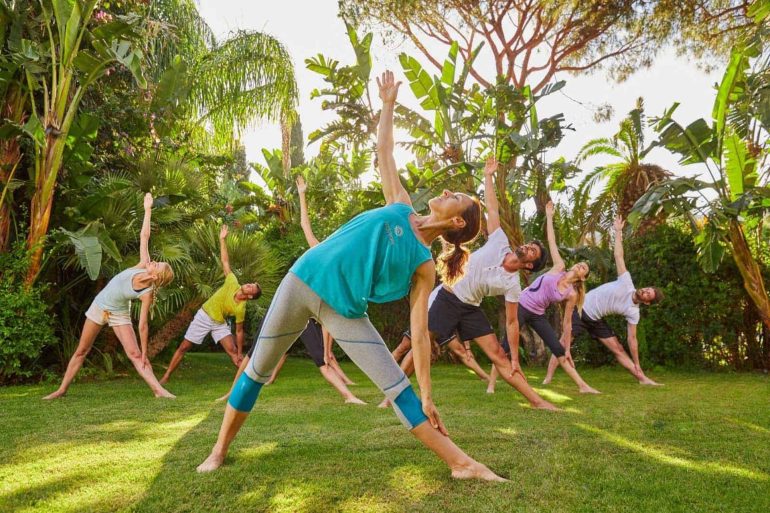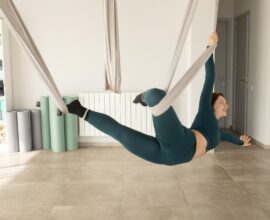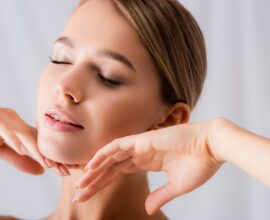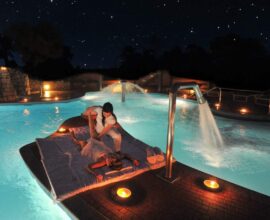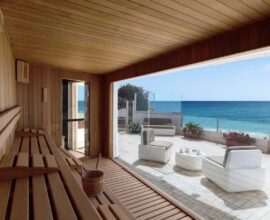Pilates: What it is and what are the benefits
Pilates: the origins of a practice that is good for body and mind
Pilates is a practice of physical-mental training developed at the beginning of the twentieth century by Joseph Hubertus Pilates, a German naturalized American teacher and entrepreneur, who drew inspiration from ancient oriental disciplines like yoga, Tai Chi and meditation, and shaped what was initially called the Contrology method.
Pilates, born on December 8th, 1883, in Mönchengladbach, near the city of Düsseldorf, was a skinny child of poor health: in fact, he suffered from asthma, rickets and rheumatic fever. The pathologies from which he was affected led him to develop a weak musculature that caused muscular alterations and joint ankylosis, causing both diminutions and inability of movement.
It was precisely the health problems that pushed the young Pilates towards the careful study of the human body to discover a way to strengthen and reinvigorate it through physical exercise.
Aided by an old anatomy book received as a gift by the family doctor to which were added the research on the movement of animals, the analysis of the training methods of the ancient Greeks and Romans, and the investigations on oriental philosophy, Pilates began to build the foundation of what would become one of the most famous and widespread training methods in the world. Particularly interesting is his appeal to ancient cultures who, according to the creator of Contrology, were able to achieve the ideal balance between body, mind and spirit.
When he had achieved success and published two books in 1959 (Your Health: A Corrective System of Exercising That Revolutionizes the Entire Field of Physical Education e Return to Life through Contrology), Pilates gave an interview to a New York newspaper in which he stated that he based his method on the innocence, simplicity and essentiality of the movement of infants and cats.
The will to overcome the physical difficulties that had influenced his youth was so strong that thanks to the exercises of the Contrology method, Pilates reached good results in sport, in particular in boxing, in gymnastics, in swimming, diving and skiing, and also posed as an anatomical model.
Characteristics and basic principles of the Pilates method
Pilates encourages the use of the mind to control the muscles, thus obtaining the perfect mastery of the body movement that becomes more toned, elastic and harmonious.
The training program consists of a series of exercises that focus on postural muscles, ie those that help to keep the body balanced and provide support to the spine and strengthen both the abdominals, including the deepest muscle bands near the spine and around the pelvis. Pilates exercises also help to acquire an awareness of the breath and alignment of the spine, strengthening the muscles of the deep plane of the core which are important to help alleviate and prevent back pain.
The objective of Pilates is the toning and strengthening of the Power House, that is of all the muscles connected to the core: abdomen, buttocks, adductors and lumbar zone. The exercises are performed on a mat (Pilates Mat Work) and the movements must be fluid, perfectly executed and combined with proper breathing.
The method does not have a registered trademark meaning that every teacher can adapt the exercises to his/her style and personality, without forgetting the six basic principles of the discipline:
- Concentration: every exercise must be carried out with the utmost attention and concentration since the mind must supervise every single part of the body;
- Control: it is essential to have control over every part of the body and not make sudden or reckless movements;
- Centering: the centre of gravity is synonymous with Power House, intended as a centre of force and control of the entire body;
- Fluidity: fluidity is the synthesis of all previous concepts;
- Precision: every movement must be precise and close to perfection. The exercises are a closed-circuit work, where the teacher must have continuous feedback from the student;
- Breathing: breathing must always be well controlled and guided by the teacher as in yogic practice. However, unlike yoga, while practising Pilates you inhale at the beginning of the exercise and exhale at the time of the greatest effort. Inhaling with the nose and exhaling with both the nose and the mouth, each exercise has a precise rhythm.
What are the benefits of Pilates and where to practice it?
A Pilates lesson, individual or collective, can be done free body or with the help of accessories, such as a swiss ball or ring, or machines that work the muscles in depth.
The method, a great ally of well-being at all ages, is recommended especially for people who have a sedentary life, those who want to correct postural vices and women who want to get back in shape after a pregnancy.
Pilates brings many benefits to the mind and body:
- Improves mobility and elasticity of the spine, isometric resistance, flexibility, control and balance;
- Improves cardiovascular and respiratory capacity;
- Improves sports performance and prevents injuries;
- defines the musculature making it more toned and harmonious;
- Corrects posture and gives a more slender posture;
- Strengthens abdominal muscles and accelerates metabolism;
- Helps to combat back pain and lumbar, cervical and joint pain;
It favours the finding of an inner balance, removing tension and fatigue caused by stress and anxiety.
At Forte Village, an award-winning resort surrounded by the beautiful Sardinian sea, you can practice Pilates in the wonderful Ayurvedic Park of Acquaforte Thalasso & Spa, a true temple of wellness where body and mind regain their natural balance.
Those who prefer to train in groups can try the course Light Pilates (morning stretching) organized at the Fitzone of the Sports Area, a place designed to encourage training at the highest concentration, where large windows open onto the wonderful panorama of Sardinia and let in natural light all day.
Thanks to the protocols of beauty and medical treatments which in addition to the Pilates method include thalassotherapy, sea oil cryotherapy, the marine walk with high marine density, anti-ageing, shiatsu massage and Abhyangha massage, Forte Village Resort is the ideal destination for a holiday of well-being and relaxation.
Do you want to discover the benefits of the Pilates method and have a dream holiday in a true paradise? Discover the Forte Village Resort in Sardinia
